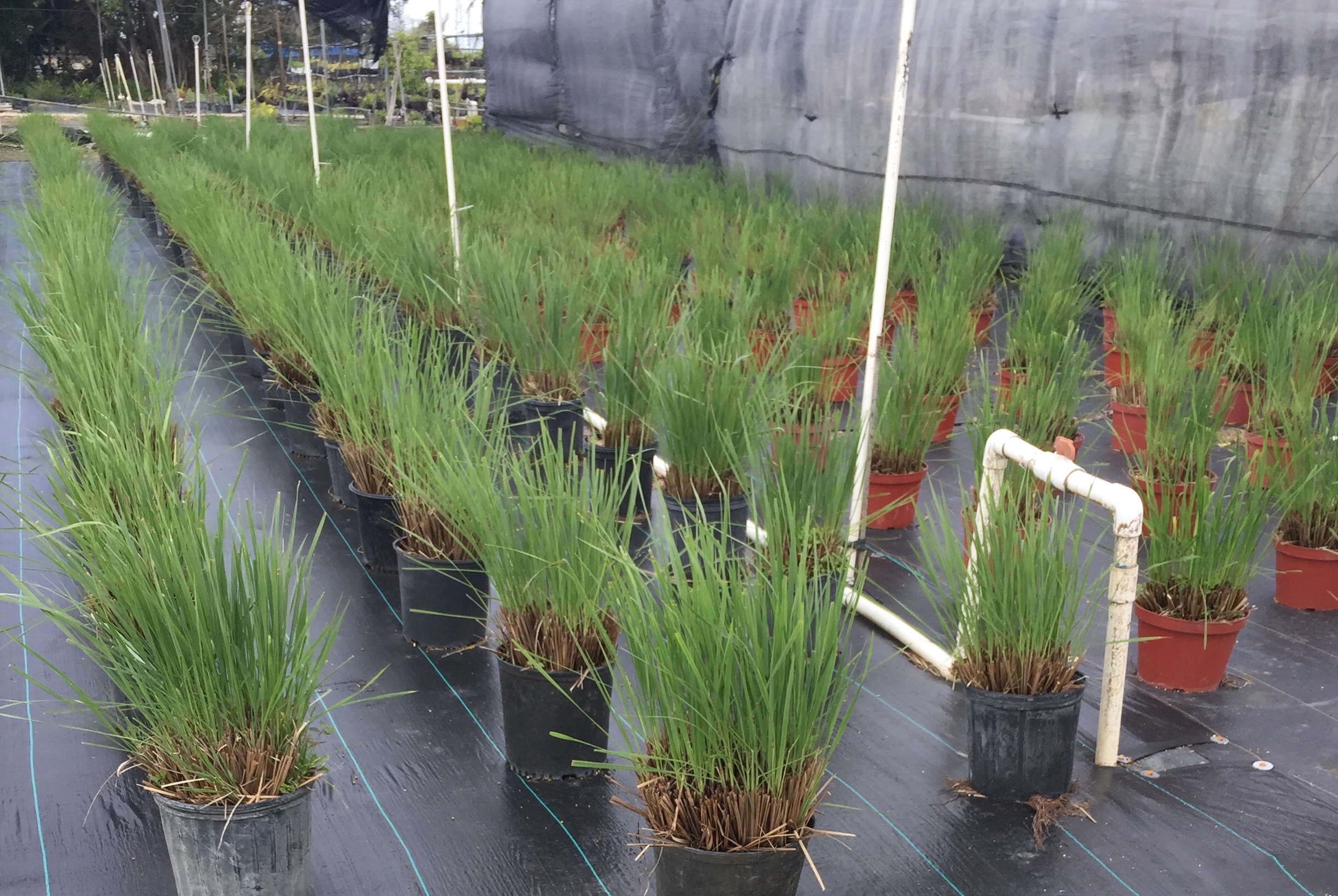

They stay in place, reduce evaporation, discourage seeds from sprouting, make weeding easy (if seeds do sprout), and lend an aesthetically pleasing finishing touch. Not to mention they're less work. Hence my preference for using crushed rock topdressings, solely, to cover bare dirt. Rain and irrigation need to percolate downward, and a barrier fabric diminishes its ability to do so. Double aargh!Īs for holding moisture in the soil, keep in mind that barriers work both ways. I’ve seen weed cloth in friends’ gardens installed on slopes…oh, don’t get me started! The topdressing-whether bark, mulch or crushed rock-eventually slides off from its weight and gravity. When I looked at the ground underneath, it’s hard-packed and dry-not an environment conducive to earthworms and other beneficials that need a friable, oxygen-rich environment. Weed fabric fail: Despite being buried, it still comes up. Even then, gravel or soil gets under it, causing it to lift again. Burying exposed edges doesn’t help-dirt just slides off-so I take a sharp knife and slice the fabric back as far as I can. Weed control fabric is ideal for installing around more permanent features in your landscape, such as trees, shrubs and perennials, since it’s designed to stay in place and be covered with a mulch of your choice. Where the fabric has seams, it pokes up through the soil and looks messy. If you’re looking for an exceptional landscape barrier to keep weeds out of your gardens and flower beds and to help prevent soil erosion, consider landscape fabric. The previous owners of my home (where I’ve lived 30+ years) installed weed fabric beneath gravel pathways and in some planting beds.
WEED BARRIER FABRIC PROFESSIONAL
My response: I know professional landscape designers who use weed barrier fabric routinely, others who don’t like it, and others who use it only in specific circumstances. And saving irrigation water is crucial in California these days, as always." DLB: "Not in MY Yard!" I suspect this is due to better water retention in the fabric-covered soil. In fact, the succulents in the area I covered with landscaping fabric (and rock cover) look better than those planted in soil with only rock cover. I have never noticed any adverse effect on the health of my succulents. Reader comment: "I am a huge fan of landscaping fabric for weed control. And if you have experience with the product yourself, do let us know! Weed Fabric? "Huge fan!" How important is such "weed barrier fabric?" What are the do's and don'ts? Find out in this recent exchange in my Pests and Problems Forum. 3.No doubt you've seen black fabric laid over bare soil with holes cut out for plants. Our recommendation is to use herbicides to kill the weeds or pull them out by hand when they grow through. No matter how thick the weed barrier fabric is, certain weeds are still strong enough to break through the fabric.

Other competitors claim that no weeds can grow through their 'heavy duty' weed barrier fabric. How is it possible that fabric can last 20 years in the outdoors? 2. The fabric's lifespan will differ materially depending on the temperature. Usually, these numbers are unsubstantiated and misleading.ĭepending on which part of the country you're in, the environment can be completely different, with large variations in weather and climate. Don't believe competitors' long life spansĬompetitors will advertise that their landscape fabric lasts several years or longer. STRONG AND DURABLE WEED BARRIER FABRIC - This fabric is made with high-quality Woven Polypropylene (PP) material, which is stronger and thicker than other Non. This orange color landscape fabric will help you get your landscaping job done, with a choice of lengths from 100 to 500 feet. Works great under mulch, in a greenhouse, or outdoors.Helps prevent soil erosion when it rains.Great for use as a weed barrier in a vegetable garden to control weeds.SAFE FOR ORGANIC FARMING: All Sandbaggy fabric is safe for organic farming.Research at Penn State showed that black fabric increased the soil temperature by up to 5☏ which could kill plants in high heat areas such as Central California or Florida.Note: Rolls may be folded for shipping to fit within UPS size guidelines.Tensile Strength (ASTDM D4632): 135 lbs.UV Protection (ASTM D4355): 80%+ strength after 500 hours.Thoroughly lab tested to ensure consistency and quality.The same durable, strong fabric that sandbags for flooding are made of.Length: 100 feet, 300 feet, or 500 feet.Our fabric has at least 135 lbs of tensile strength. Sandbaggy fabric is manufactured with tough woven polypropylene and meets or exceeds DOT standards. Sandbaggy orange fabric reflects sun rays and reduces soil temperatures. Black fabric can increase soil temperatures by up to 5 degrees F, which could kill plants in high heat areas such as Central California and Florida.


 0 kommentar(er)
0 kommentar(er)
